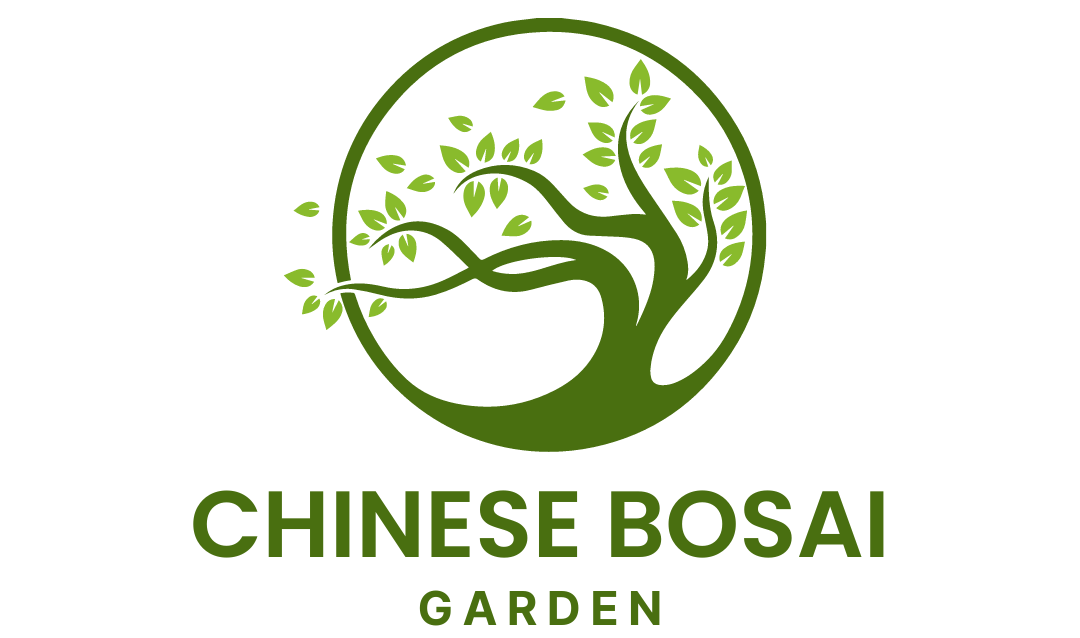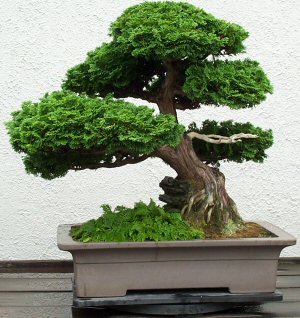You need to consider a few things when choosing a bonsai tree. First decide where you are going to put your bonsai tree, whether you would like to grow it outdoors or indoors.
This will directly determine your choice of bonsai tree.
A lot of people think that bonsai are houseplants but most of the bonsai are hardy trees and cannot live indoors.
Imagine digging out a maple tree from your yard and bringing it indoors. I will not survive for long. Bonsai maple is just a smaller version of the real tree.
If you want to grow your bonsai tree outdoors make sure your winters are not too cold and not too warm for the species you select.
If you want to grow your bonsai tree indoors make sure it is getting enough light, and humidity and is also protected from freezing temperatures.
There are three types of bonsai plants available:
Tropical plants – These plants like warm and humid weather and cannot tolerate cold temperatures below 50F.
Subtropical plants – These plants, coming from the Mediterranean type of climate, prefer warm temperatures and drier conditions than tropical plants. Some of them can even tolerate freezing temperatures for a short period of time when mature enough. They don’t like heated dry rooms and need to be misted with water a few times a day. You can grow them outdoors if you live in a warm climate.
Temperate plants – These plants are used in long winters and long summers. They need to grow outdoors because indoors they don’t get enough light and cold temperature exposure. Trees like pine, maples, oaks, spruce, hemlock, and elms must live outdoors to stay healthy. They are also called “hardy” species.
Bonsai Tree Style
Another thing to consider, besides the environment, is the style you want to use for your bonsai. There are a lot of different bonsai styles ranging from neat to weird-looking animal-like Chinese bonsai, also called Penjing. Not every plant species is suited to each bonsai style.
Related articles:

